How Planting Trees Can Alleviate Poverty: Facts and Stats
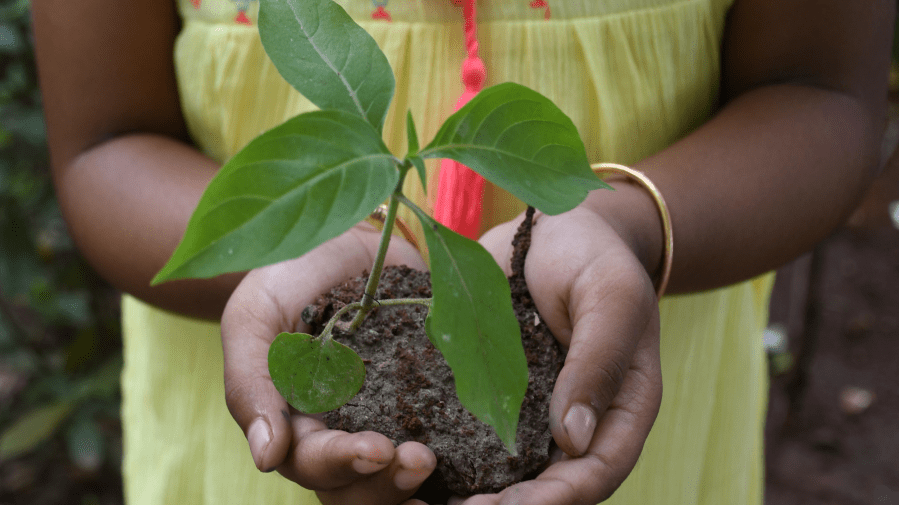
Although we often associate reforestation projects with the fight against climate change, there is also a clear link between planting trees and poverty. Maintaining sustainable agroforestry in developing nations that are susceptible to long periods of drought, for instance, can play a huge part in stabilizing the economy. When it comes to larger forest biodiversity, most of human society has come to rely on these ecosystem resources for food, shelter, energy, medicine and income generation. And on the local level, fruit and nut trees can help provide fresh produce to underserved communities with limited access to healthy food.
We’ve rounded up some poverty facts and stats to share just how important trees can be when it comes to alleviating one of the world’s most pressing social problems.
Increasing Availability of Forest Products
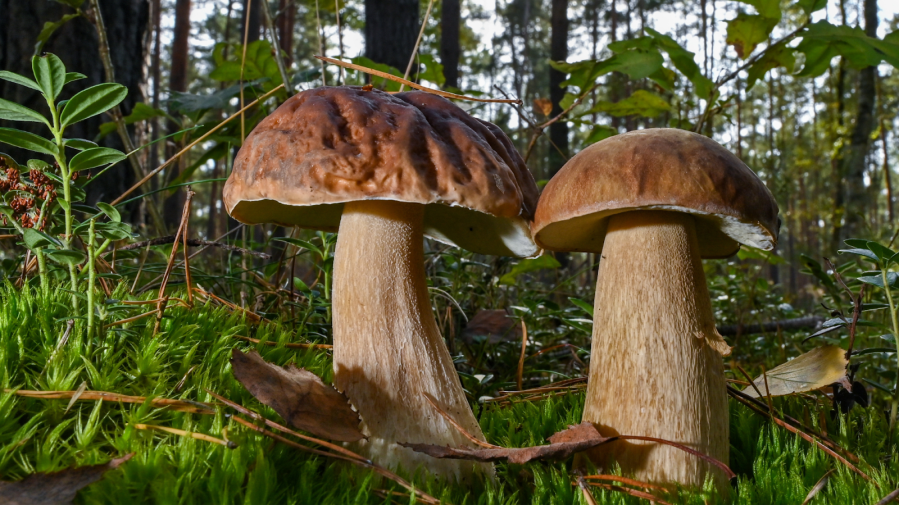
Almost all humans have at least some interaction with forests and the biodiversity they contain, though it varies depending on where they live or how they support themselves. Communities that live directly within or nearby forests may use forest-derived resources for food, shelter, energy, economic opportunities and medicine. According to the United Nations 2020 State of the World’s Forests report, 90% of people living in extreme poverty are dependent on forests for at least part of their livelihoods. In general, the world’s poorest people are more dependent on biodiversity and ecosystem services than people who are more economically stable.
A study of households in 24 developing countries found that wood and non-wood forest products (things like mushrooms, berries, nuts and game) provided 28% of total income. Sustainably managed, long-term reforestation projects can increase the availability of these products.
Enhancing Agriculture and Food Security

Agroforestry, the practice of planting trees in the same area as crops, has been shown to benefit farms by enhancing their climate resilience, reducing greenhouse gas emissions, heightening water retention and improving biodiversity. Especially in rural communities, these added benefits can help maintain healthy microclimates and soil structure for the future of agricultural production in the area, but they may also have socioeconomic perks. Fruit- and nut-bearing trees offer the same agroforestry allowances while also generating additional income and food for farmers.
Enhancing food security and keeping soils healthy aren’t all — a 2018 report by member organizations of the Agroforestry Network found that agroforestry can contribute to nine out of the 17 Sustainable Development Goals, including poverty reduction, good health and well being, hunger alleviation, responsible consumption and production, and gender equality.
Mitigating Climate Change
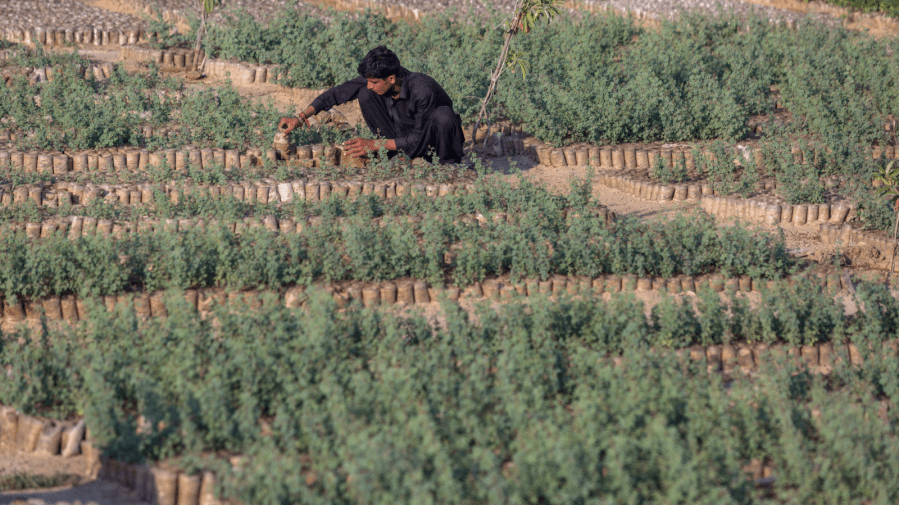
Climate change and poverty are inextricably linked. As the climate crisis continues, the people who are already most affected by poverty often experience the worst consequences. For example, an increase in extreme weather events (such as storms, wildfires and droughts) can jeopardize food sources or drive people from their homes, which is in turn another cause of world poverty.
Although planting trees alone is certainly not an end-all solution to addressing climate change, studies show that well-managed reforestation projects can help offset current emissions while also drawing out new carbon dioxide. A 2019 paper led by an international research team and published in the journal Science found that Earth could support another 2.2 billion acres’ worth of forests, or 25% more than it has now. Planting just over a half-trillion trees could capture 205 gigatons of carbon, reducing atmospheric carbon by 25%.
Strengthening Biodiversity
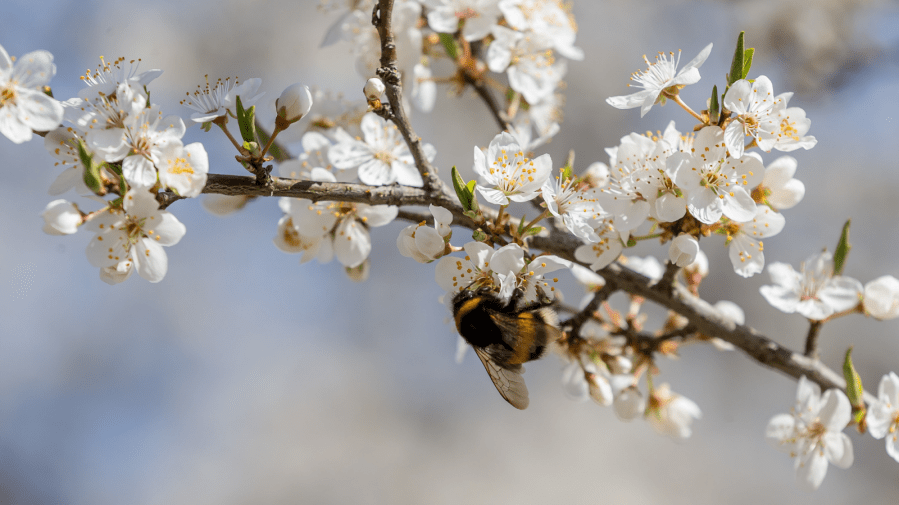
Forests provide habitats for 80% of Earth’s amphibian species, 75% of bird species and 68% of mammal species, including numerous highly endangered animals like jaguars, gorillas and panda bears. Even trees planted outside of forested areas support things like pollinator diversity, which boosts crop yields that contribute greatly to healthy diets and nutrition — pollinators affect 35% of global agricultural land and support production for 87 of the world’s leading food crops.
The connection between biodiversity and poverty was investigated by a team of scientists from the International Institute for Environment and Development and the United Nations Environment Program in 2014. They looked at 387 widely distributed studies focusing on the abundance of a particular species and its impact on poverty alleviation, an overwhelming majority of which indicated a positive influence. According to the report, places with higher species diversity resulted in more opportunities for collecting non-timber forest products, such as fruit and medicinal plants.
Improving Water Quality
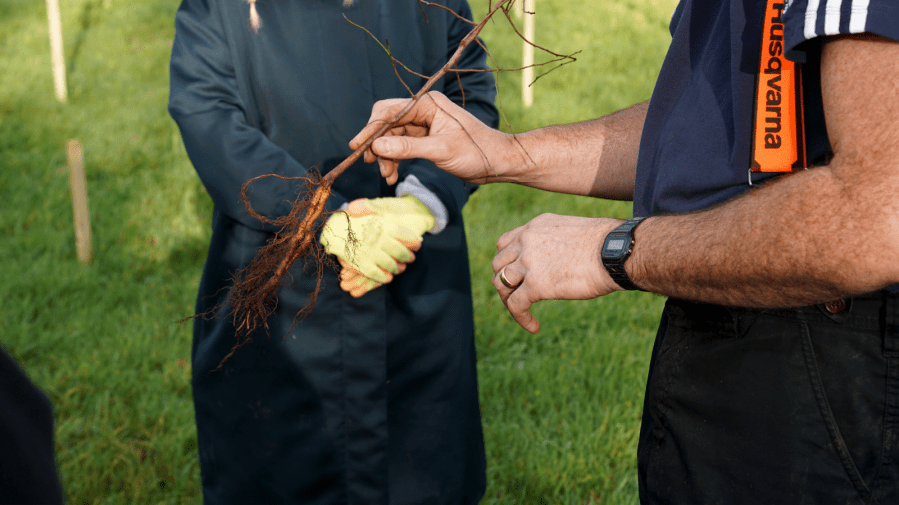
Access to clean water has a major impact on food security and health, yet 2 billion people around the world still lacked safe drinking water in 2020. With clean water comes improved agriculture and sufficient sanitation that can significantly affect economic opportunities and health for people living in poverty. Tree roots help bind soil together to reduce erosion and lower the chances of runoff into sewers, streams and rivers, improving water quality.
Researchers from the Massachusetts Institute of Technology have even been able to use wood from pine and cedar tree branches to filter water from E. coli, rotavirus and other bacteria, providing an inexpensive and biodegradable method of getting clean water in places with high poverty rates.
Absorbing Air Pollutants
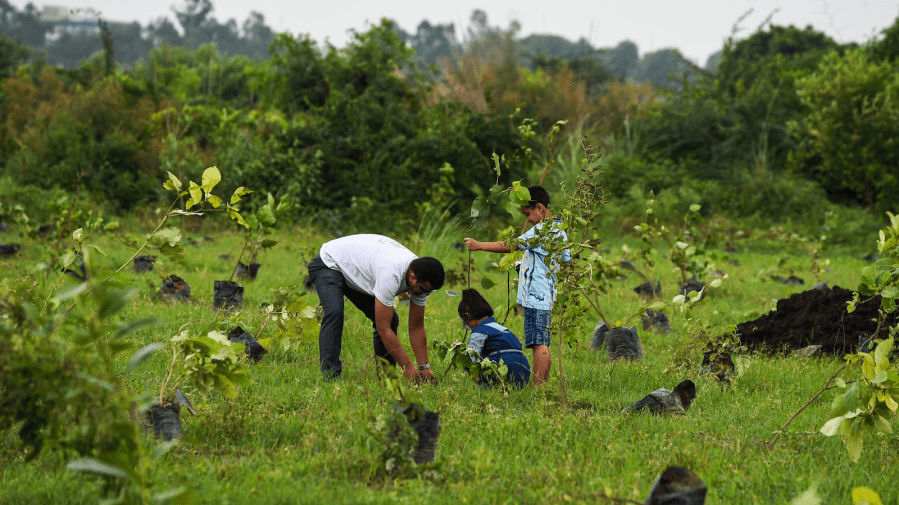
Air pollution is caused by harmful particulate matter and gasses released into the air. It can lead to heart disease, stroke, cancer and acute lower respiratory infections that are responsible for 4.2 million deaths each year, according to the World Health Organization. Poorer people, unemployed people and those with low education often face higher exposure to pollutants and their associated risks. These pollution-related illnesses can result in high medical costs, costs to healthcare systems, and even opportunity costs from lost productivity and economic growth.
Trees, however, absorb these air pollutants. In the United States, the Department of Agriculture estimates that trees and forests remove 17.4 million tons of air pollution annually, which helps prevent 670,000 cases of asthma and other acute respiratory symptoms each year.





